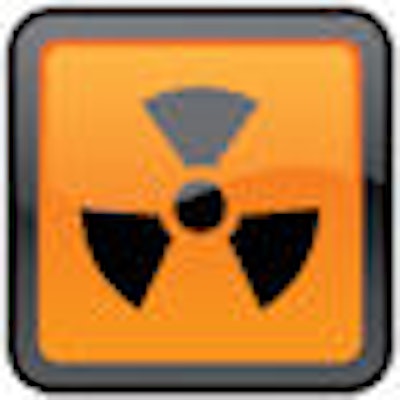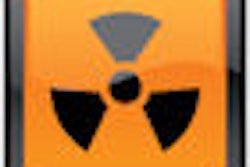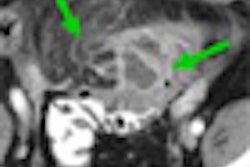
Cedars-Sinai Medical Center in Los Angeles is the focus of a U.S. Food and Drug Administration (FDA) investigation into more than 200 cases of overexposure to radiation during CT brain perfusion studies.
Officials at Cedars-Sinai this week confirmed that their facility was the hospital mentioned in an alert that the FDA issued on October 8. In the bulletin, the agency said it was investigating 206 cases in which patients at an unnamed hospital received excessive radiation during CT brain perfusion scans.
In a statement, Cedars-Sinai said that the hospital became aware of the problems in August 2009, when a patient who had received a CT brain perfusion scan contacted the hospital complaining of temporary patchy hair loss. Since hair loss isn't a common side effect from CT scanning, the facility began an investigation of the equipment and protocols used for CT brain perfusion studies. It also suspended any further CT brain perfusion scans.
The hospital's investigation found that some CT brain perfusion studies were indeed delivering more radiation dose than anticipated, and could cause temporary hair loss or skin reddening in some patients. In its October 8 bulletin, the FDA said that patients received a radiation dose to the head of 3-4 Gy, up to eight times the expected maximum dose of 0.5 Gy.
Cedars-Sinai said the overexposures occurred between February 2008 and August 2009, and it has contacted the 206 patients who received CT brain perfusion scans during that time. The hospital also reported its findings to the California Department of Public Health (CDPH).
In a statement, the CDPH confirmed that it received a report from the facility on September 1, 2009, and the incident is being investigated by two branches of the agency, the Licensing and Certification Division and the Radiologic Health Branch. The agency declined to comment further pending the outcome of its investigation.
Published reports indicate that the scanner involved in the incidents was manufactured by GE Healthcare of Chalfont St. Giles, U.K. The company confirmed that it is cooperating with FDA officials investigating the reports.
"There were no malfunctions or defects in any of the GE Healthcare equipment involved in the incident," a GE spokesperson said.
An October 13 article in the Los Angeles Times quoted Cedars-Sinai officials as stating that the problems began when the hospital began using a new protocol to diagnose suspected stroke patients. The scanner was reset "to override the pre-programmed instructions that came with the scanner when it was installed," the article said.
Due to a "misunderstanding about an embedded default setting" used by the scanner, the protocol resulted in higher-than-expected radiation doses delivered to patients who received scans using that protocol. The article said that patients scanned for other clinical applications with the machine were not affected.
By Brian Casey
AuntMinnie.com staff writer
October 13, 2009
Related Reading
FDA issues radiation alert after CT brain perfusion overexposure, October 8, 2009
California technologist faces testimony in CT overdose case, September 18, 2009
NEJM study: Imaging procedures, radiation growing, August 26, 2009
Radiation dose and cancer risk in pediatric CTA exams, August 21, 2009
Repeated calcium scans increase cancer risk, study finds, July 13, 2009
Copyright © 2009 AuntMinnie.com



















